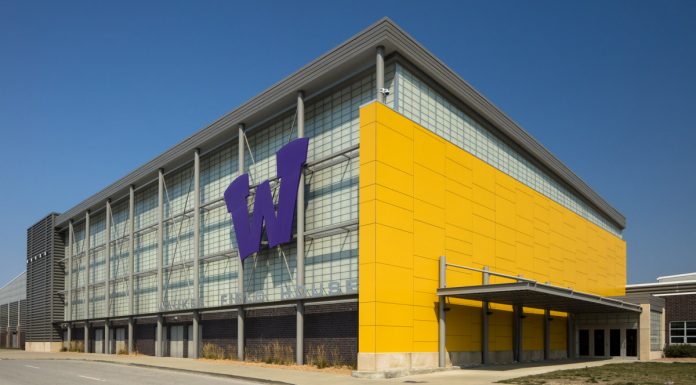Dubuque County is “jumping in the deep end” in an ambitious venture to manage our surface waters and to clean our rivers and streams.
Our community doesn’t expect knights in shining armor to ride to the rescue when challenges confront us. We are developing the public-private partnerships to shape our own future for flood mitigation, soil health, water quality, land use and wildlife habitat.
The public wants clean water. According to FM3 Research, voters of all political stripes expect policymakers to focus on water issues, with clean drinking water being the highest priority (87 percent). Protecting rivers, lakes and streams (72 percent), preventing pesticide and fertilizer runoff (68 percent), protecting the health of soils (66 percent), and protecting wetlands and natural areas to prevent flooding (66 percent) are other prominent values.
Recurring floods combined with certain farming practices can endanger water resources. In 2019, I was invited by the National Conference of State Legislatures to speak at a flood resilience policy forum in Baltimore. I touted Dubuque’s Bee Branch watershed restoration project and the Iowa Flood Center. I described Iowa’s “nutrient reduction strategy.”
I learned about the Building Resilient Infrastructures and Communities program (BRIC). The Federal Emergency Management Administration is now making $500 million available to states and local governments to invest in flood prevention projects to reduce what taxpayers have to shell out for disaster response and recovery.
BRIC funds will be available every year. While still inadequate, state programs such as the Water Quality Initiative ($10.5 million this year) are growing.
The Board of Supervisors engaged an engineering firm with funding from FEMA to lay the groundwork with solid data and information on current land use and practices. Opportunities for improvement that landowners can make to secure the best return on investment can now be identified: reducing the flows of flood water and the nitrogen, sediment and phosphorus pollution the waters carry with it.
The County has budgeted $390,000 and is hiring two employees to work with the City of Dubuque and the Soil and Water Conservation District to reach out to landowners, offering incentives for various projects. Private ag groups experienced in working with farmers have also been retained.
The state Watershed Planning Advisory Council on which I serve has taken some deep dives into the many options for watershed improvement: in-field practices like cover crops vs. edge-of-field practices like buffers; management changes such as minimizing tillage and fertilizer use vs. structural changes such as wetlands. More robust urban practices by cities, businesses and homeowners are also needed to manage stormwater.
Dubuque County must carefully target its dollars for the best cumulative outcomes. Minimizing flows of water off the land can be good investments, but only if most farmers – not just a few – use best tillage practices and apply less fertilizer or manure. Buffers, land retirement, prairie restoration, growing different crops or livestock grazing are part of the solution.
Taxpayers will insist on measurable results. “Modeling” – or estimating benefits based on past research – isn’t good enough. Counting new practices (the number of acres with cover crops, for example) is less useful as evidence of success than how much carbon is “sequestered” or absorbed into the soil. That is what improves soil quality and water retention capacity (the long-term payoffs), which justify paying farmers for performance.
Building soil health with wise land management reduces flooding by helping water infiltrate and can help restore profitability to farming by reducing the need for expensive inputs. Major commitments of time, personnel, resources and landowner cooperation are required, especially where ground is being farmed by renters with no long-term interest in the land.
The state can offer novel policies to bring the multiple stakeholders together. A simple proposal I have offered: Require all farm leases to have written conservation provisions detailing the responsibilities of the owner and the renter. That would ensure that the conversations are taking place.
We do not have any growing seasons or construction seasons to lose. America’s Watershed Initiative just released a report for the Mississippi River that shows the daunting challenge that remains before us. Our current efforts merit a barely-passing grade, with “needs improvement” being the best summary of current reality: 2020 Mississippi River Report Card.
I look forward to connecting Dubuque County with the state and federal resources that can come its way because of their forward-looking investment. I also hope to nominate our landowners for the recognition they will deserve when the changes they make meet and exceed public expectations.












